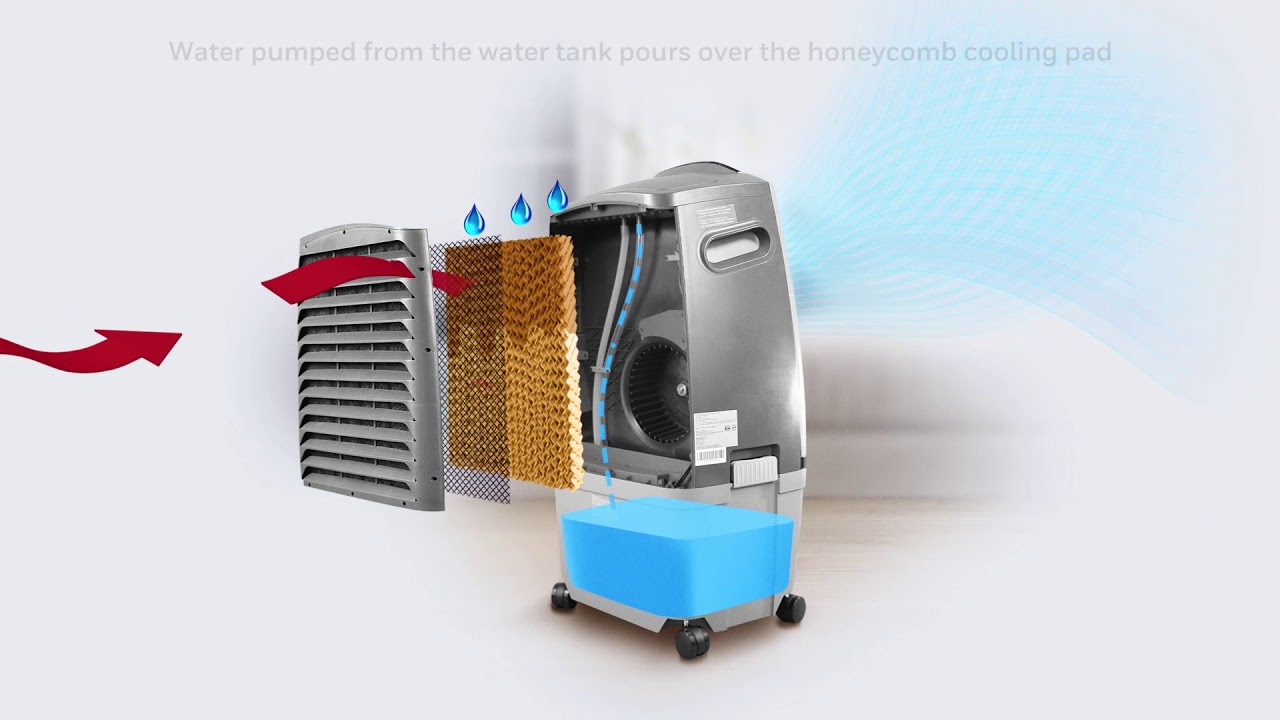

Articles
How Do Air Cooler Works
Modified: September 2, 2024
Discover how air coolers work with our informative articles. Dive into the science and technology behind these cooling devices and find out how they can keep you comfortable in hot weather.
(Many of the links in this article redirect to a specific reviewed product. Your purchase of these products through affiliate links helps to generate commission for Storables.com, at no extra cost. Learn more)
Introduction
Welcome to the world of air coolers, where the scorching heat of summer becomes bearable and comfortable. As temperatures rise, many people turn to air coolers as a cost-effective and energy-efficient alternative to air conditioners. But how do air coolers work? In this article, we will explore the basic operation of air coolers, the components that make them function, and the benefits they offer.
Air coolers, also known as swamp coolers or evaporative coolers, work on a simple principle: evaporation. Unlike air conditioners that rely on refrigeration technology, air coolers use the natural process of evaporating water to cool the surrounding air. This makes them an eco-friendly cooling solution that consumes less energy.
Understanding the mechanics of air coolers helps us appreciate their effectiveness. By learning about the various components and processes involved, we can make informed decisions when purchasing and using air coolers.
So, let’s dive into the fascinating world of air coolers and discover the science behind their cooling magic.
Key Takeaways:
- Air coolers work by utilizing the natural process of evaporation to cool the surrounding air, providing an energy-efficient and eco-friendly alternative to traditional air conditioners.
- Proper maintenance, water management, and ventilation are essential for optimizing the performance of air coolers, ensuring efficient cooling and a comfortable indoor environment.
Read more: How Evaporative Air Cooler Works
The Basics of Air Cooler Operation
At its core, the operation of an air cooler revolves around the process of evaporation. It takes advantage of the fact that when water evaporates, it absorbs heat from the surrounding environment, resulting in a cooling effect. Air coolers utilize this natural phenomenon to lower the temperature of the air, providing relief from the heat.
The primary component of an air cooler is the cooling pad, also known as an evaporative media. It is usually made of a porous material that is capable of holding water. As warm air is drawn into the cooler, it passes through this wet pad. The water in the pad evaporates, effectively cooling down the air passing through it.
Inside the air cooler, there is a fan that helps circulate the cooled air. The fan draws the warm air from the room, passes it through the damp cooling pad, and expels the cooled air back into the room. As a result, the overall temperature of the space decreases.
The cooling pads in air coolers come in different types, such as aspen pads, cellulose pads, and synthetic fiber pads. Each type offers varying levels of cooling efficiency and durability, depending on factors like the quality of the material and the design of the pad.
To ensure optimal cooling, air coolers require a constant supply of fresh air. This is achieved by keeping windows or doors partially open while the cooler is in operation. By allowing fresh air to enter the room, the air cooler can effectively replace the warm air with cool, moist air, contributing to a more comfortable environment.
It is important to note that air coolers work best in dry climates with low humidity. In areas with high humidity, the rate of evaporation is slower, reducing the cooling effect. Additionally, air coolers add moisture to the air, which can be beneficial in dry climates but may cause discomfort in already humid conditions.
Next, let’s take a closer look at the key components that make up an air cooler and understand their roles in the cooling process.
Components of an Air Cooler
An air cooler consists of several essential components that work together to facilitate the cooling process. Understanding these components can help us grasp how an air cooler functions and how to maintain it effectively.
1. Cooling Pad: The cooling pad is a crucial component of an air cooler. It is typically made of a porous material, such as aspen, cellulose, or synthetic fiber. The cooling pad absorbs water and allows air to pass through it, facilitating the evaporation process.
2. Fan: The fan plays a vital role in an air cooler by facilitating the circulation of air. It draws warm air into the cooler, passes it through the wet cooling pad, and expels the cooled air back into the room. The fan helps distribute the cool air throughout the space, maximizing the cooling effect.
3. Water Tank: The water tank is where the water required for the cooling process is stored. It is typically located at the back or bottom of the air cooler and has a defined capacity. Users need to refill the water tank regularly to ensure continuous cooling.
4. Water Pump: The water pump is responsible for circulating water from the tank to the cooling pad. It ensures that the cooling pad remains moist, allowing for effective evaporation. The water pump can be adjusted to control the water flow rate and enhance the cooling capacity of the air cooler.
5. Control Panel: The control panel is the interface through which users can operate and adjust the settings of the air cooler. It may include features such as fan speed control, timer settings, and humidity adjustment options.
6. Air Filters: Some air coolers come with air filters to improve air quality by trapping dust, pollen, and other allergens. These filters help ensure that the cooled air released by the cooler is free from impurities, creating a healthier environment.
7. Caster Wheels: Many air coolers are equipped with caster wheels, making them portable and easy to move around. This allows users to conveniently position the air cooler in different areas of the room or move it to another room when needed.
Understanding these components helps users make informed decisions when selecting an air cooler and enables them to properly maintain and troubleshoot any issues that may arise. By familiarizing ourselves with the fundamentals of air cooler components, we can harness the full potential of these cooling devices.
Next, let’s explore the process of evaporative cooling and how it contributes to the effectiveness of air coolers.
Evaporative Cooling Process
The evaporative cooling process is the heart of how air coolers work. It is a natural phenomenon that takes advantage of water’s ability to absorb heat during the process of evaporation. Understanding this process is key to comprehending the effectiveness of air coolers.
When hot and dry air is drawn into the air cooler, it passes through the wet cooling pad. The cooling pad, soaked with water from the tank, acts as a medium for evaporation to occur. As the hot air passes through the cooling pad, the water on the pad evaporates, absorbing the heat from the air in the process.
As water molecules transition from a liquid state to a gaseous state during evaporation, they require energy in the form of heat. This heat is extracted from the surrounding air, effectively cooling it down. The cooled air is then circulated by the fan and distributed throughout the room, providing a refreshing and comfortable environment.
The key factor that determines the cooling efficiency of evaporative cooling is the humidity level in the air. In dry climates, where humidity is low, the evaporation process is rapid, resulting in a significant drop in temperature. However, in humid regions, where the air is already saturated with moisture, evaporation occurs at a slower rate, reducing the cooling effect of the air cooler.
Evaporative cooling is a natural and energy-efficient cooling method. Unlike traditional air conditioners, which use refrigerants and compressors to cool the air, air coolers rely on the principle of evaporation, which consumes less energy. The evaporation process cools the air without the need for complex mechanical systems, making air coolers a cost-effective and environmentally friendly choice.
It is important to note that evaporative cooling is most effective in dry climates with low humidity levels. In areas with high humidity, the cooling effect may be less pronounced, and the air may become more humid. However, even in humid climates, air coolers can still provide a cooling effect by increasing air circulation and introducing fresh air into the space.
Now that we have a solid understanding of how evaporative cooling works, let’s explore the water supply and management aspects of air coolers.
Water Supply and Management
Water is a critical element in the functionality of air coolers. It is used in the evaporative cooling process to lower the temperature of the air. Proper water supply and management are essential to ensure the optimal performance and longevity of an air cooler.
The water supply in an air cooler is typically stored in a water tank located at the back or bottom of the unit. The size of the tank varies depending on the model and capacity of the cooler. Users need to fill the water tank regularly to maintain a constant supply for the cooling process.
It is essential to use clean and fresh water in the air cooler to prevent the accumulation of contaminants and promote efficient evaporation. Some manufacturers recommend using filtered or distilled water to minimize the risk of mineral deposits and scale buildup. Regular cleaning of the water tank is also crucial to prevent the growth of bacteria or algae.
Depending on the model, air coolers may have a water level indicator or an automatic shut-off feature to prevent the unit from running dry. These features help protect the cooler’s components and ensure that the cooling process is consistent and effective.
In addition to maintaining the water supply, managing the water quality is equally important. Over time, minerals in the water can deposit on the cooling pad and other components, reducing their efficiency and potentially causing damage. To address this, some air coolers come with water treatment options, such as pads with anti-scale coating or water filters.
Furthermore, proper water management involves regular cleaning and maintenance of the cooling pad to remove any dirt, debris, or mineral deposits. Cleaning the cooling pad ensures optimal performance and prolongs its lifespan. It is recommended to follow the manufacturer’s instructions for cleaning and replacing the cooling pad to maintain the air cooler’s efficiency.
Another consideration in water management is the overflow and drainage of excess water. Air coolers may have an overflow outlet or drainage system to prevent water from accumulating in the unit. It is important to ensure that the overflow outlet or drain pipe is not blocked and functions properly to avoid water leakage or damage to the cooler.
By properly managing the water supply, quality, and drainage in an air cooler, users can ensure efficient and reliable cooling performance. Regular maintenance and adherence to the manufacturer’s guidelines will extend the life of the unit and ensure its optimal functionality.
Next, let’s explore the importance of air flow and ventilation in maximizing the cooling effect of air coolers.
Air coolers work by drawing in hot air, passing it through water-moistened pads, and then blowing out cooler air. Make sure to regularly clean and maintain the water pads for optimal performance.
Read more: What Is an Air Cooler
Air Flow and Ventilation
Air flow and ventilation play a crucial role in maximizing the cooling effect of air coolers. Proper air circulation ensures that the cool air is effectively distributed throughout the room, providing overall comfort. Understanding the importance of air flow and ventilation helps users optimize their air cooler’s performance.
The fan in an air cooler is responsible for drawing in warm air from the room and passing it through the wet cooling pad. The fan’s speed and power determine the airflow rate. It is important to set the appropriate fan speed to achieve the desired cooling effect. Higher fan speeds can increase air circulation and cooling capacity, while lower speeds conserve energy and provide a gentler breeze.
Air coolers work best in well-ventilated areas. They function by replacing warm air with cool air, so having a constant supply of fresh air is essential. Keeping windows or doors partially open while the air cooler is in operation allows for proper ventilation. This allows the cooler to draw in fresh air from the outside, maximizing the cooling efficiency.
Proper positioning of the air cooler is also important for optimal air flow. Placing the cooler near an open window or in a central location in the room ensures that the cool air is evenly distributed. It is recommended to avoid obstructing the airflow by keeping the cooler away from furniture or other objects.
In addition to ventilation, cross-ventilation can significantly enhance the cooling effect of air coolers. Cross-ventilation is achieved by strategically placing multiple windows or openings in different directions to create a pathway for air circulation. This allows for a constant flow of fresh air and aids in expelling warm air from the room.
It is important to note that air coolers work best in dry climates with low humidity levels. In areas with high humidity, the evaporation process may be slower, reducing the cooling effect. However, even in humid conditions, maximizing air flow and ventilation can help increase the cooling efficiency of the air cooler.
Regular maintenance of the air cooler is also vital in ensuring effective air flow. Cleaning the fan blades and removing any dust or debris helps to maintain proper airflow and prevents obstruction. Additionally, cleaning or replacing the cooling pad as recommended by the manufacturer ensures optimal performance.
By focusing on air flow and ventilation, users can harness the full potential of their air coolers. Maximizing air circulation and ensuring proper ventilation will enhance the cooling effect, creating a more comfortable indoor environment during hot summer days.
Now, let’s explore the energy efficiency of air coolers and their environmental benefits.
Energy Efficiency of Air Coolers
Energy efficiency is a significant factor to consider when choosing cooling solutions. Air coolers are renowned for their energy-efficient operation, making them an attractive alternative to traditional air conditioning systems. Understanding the energy efficiency of air coolers helps users make sustainable choices while enjoying a comfortable indoor environment.
Compared to air conditioners, which rely on refrigeration technology and use compressors to cool the air, air coolers operate on a simpler principle of evaporation. The evaporation process consumes significantly less energy, resulting in lower electricity consumption. This makes air coolers a cost-effective cooling option, especially in areas with high electricity costs.
Air coolers also have a minimal environmental impact. They do not use any harmful refrigerants or contribute to greenhouse gas emissions, promoting a greener and more eco-friendly cooling solution. Furthermore, the water consumption of air coolers is generally lower compared to the water used in traditional air conditioning systems.
The energy efficiency of an air cooler depends on various factors, such as the size and power of the fan, the cooling pad efficiency, and the air cooler’s overall design. It is important to choose an air cooler that is appropriately sized for the room to ensure optimal cooling performance and energy efficiency.
Moreover, energy-saving features in air coolers, such as adjustable fan speed and timer settings, allow users to customize their cooling experience while conserving energy. By reducing the fan speed or setting a timer, users can further optimize energy consumption and maximize efficiency.
When using an air cooler, it is essential to consider external factors that can affect its energy efficiency. For example, in hot and dry climates, air coolers work most efficiently due to the higher rate of evaporation. In humid climates, the cooling effect may be reduced, requiring higher fan speeds or additional ventilation to compensate.
Regular maintenance of the air cooler also contributes to its energy efficiency. Cleaning or replacing the cooling pad, ensuring proper airflow, and keeping the water tank clean prevent any obstructions or inefficiencies that may hinder the cooler’s performance.
By opting for an energy-efficient air cooler, users can reduce their carbon footprint and save on energy costs. The combination of lower electricity consumption, avoidance of harmful refrigerants, and minimal environmental impact makes air coolers a sustainable and eco-friendly cooling solution.
Now that we have explored the energy efficiency of air coolers, let’s consider the pros and cons of using these cooling devices.
Pros and Cons of Air Coolers
Air coolers, also known as evaporative coolers or swamp coolers, offer several advantages and disadvantages compared to other cooling systems. Understanding the pros and cons of air coolers can help users make an informed decision when choosing a cooling solution for their homes or workplaces.
Pros:
- Energy Efficiency: One of the significant advantages of air coolers is their energy efficiency. They consume significantly less electricity compared to traditional air conditioners, making them a cost-effective cooling option. This can result in lower energy bills, especially in areas with high electricity costs.
- Eco-Friendly Operation: Air coolers are environmentally friendly cooling devices. They do not use harmful refrigerants like air conditioners and do not contribute to greenhouse gas emissions. Additionally, air coolers have a lower carbon footprint and consume less water compared to traditional cooling systems.
- Natural and Fresh Air: Air coolers work by circulating air through a wet cooling pad, resulting in a natural cooling effect. Unlike air conditioners that recirculate the same air, air coolers continually bring in fresh air from the outside, improving indoor air quality.
- Cost-Effective: Air coolers are typically more affordable to purchase and install compared to air conditioning systems. They also require less maintenance and have lower repair costs.
- Easy Installation and Portability: Air coolers are easy to install and require minimal changes to the existing infrastructure. They are also portable, allowing users to move them to different rooms or areas of the house as needed.
Cons:
- Effectiveness in Humid Climates: Air coolers perform best in dry climates with low humidity levels. In humid environments, the cooling effect may be less pronounced, and they may increase the humidity indoors.
- Water Consumption: Air coolers require a constant supply of water to maintain the cooling process. Regular refilling of the water tank is necessary, and some users may find the water consumption to be an inconvenience.
- No Temperature Control: Unlike air conditioners, air coolers do not provide precise temperature control. The cooling effect is influenced by external factors such as humidity levels and air movement.
- Maintenance Requirements: Air coolers require regular maintenance, including cleaning the cooling pad, removing any debris, and ensuring proper water management. Neglecting maintenance can result in reduced cooling performance and potential issues.
It’s important to weigh these pros and cons when considering an air cooler as a cooling solution. Factors such as climate, existing infrastructure, and personal preferences should be taken into account to make the most suitable choice.
Now, let’s move on to exploring maintenance and troubleshooting tips for air coolers.
Maintenance and Troubleshooting
Regular maintenance of air coolers is essential to ensure optimal performance and prolong their lifespan. By following proper maintenance practices, users can prevent potential issues and troubleshoot common problems effectively. Here are some maintenance and troubleshooting tips to keep your air cooler in excellent condition:
1. Cleaning the Cooling Pad: The cooling pad is a crucial component of the air cooler and should be cleaned regularly. Remove the cooling pad according to the manufacturer’s instructions and rinse it with clean water. Gently scrub off any dirt or mineral deposits, taking care not to damage the pad. Allow it to dry completely before reinstalling it.
2. Checking and Cleaning the Water Tank: Regularly inspect the water tank for any debris or sediments that may have accumulated. Empty the tank and clean it using a mild detergent or vinegar solution. Rinse it thoroughly to ensure there are no cleaning residues left behind. Avoid using harsh chemicals or abrasive materials that could damage the tank.
3. Maintaining Proper Water Level: Ensure that the water level in the tank is within the recommended range. Refill the water tank regularly to maintain a constant water supply for effective cooling. Some air coolers have water level indicators to assist in monitoring the water level.
4. Cleaning the Fan Blades: Over time, dust and debris can accumulate on the fan blades, affecting airflow and performance. Carefully remove the front cover of the air cooler and use a soft cloth or brush to clean the fan blades. Avoid using water directly on the fan motor or electronics.
5. Checking for Water Leakage: Inspect the air cooler for any signs of water leakage. Check the drainage system and ensure that there are no clogs or blockages. Ensure that the overflow outlet is clean and functioning correctly to prevent water accumulation.
6. Troubleshooting Common Problems: If you encounter any issues with your air cooler, first refer to the manufacturer’s troubleshooting guide or user manual. Common problems include inadequate cooling, unusual noises, or the fan not working. Follow the recommended steps to troubleshoot the problem or contact the manufacturer for assistance if needed.
7. Professional Maintenance: Occasionally, it may be necessary to seek professional maintenance or service for your air cooler. If you notice any major issues or if the cooler is not functioning correctly despite troubleshooting, contact a certified technician for expert assistance.
By following these maintenance and troubleshooting tips, you can ensure that your air cooler operates efficiently and provides reliable cooling performance. Regular upkeep and timely troubleshooting will help extend its lifespan and enhance your overall comfort during hot summer days.
Now, let’s conclude our exploration of air coolers and their cooling capabilities.
Read more: How To Use Air Cooler
Conclusion
Air coolers offer a cost-effective and energy-efficient solution for beating the heat during hot summer days. By harnessing the power of evaporation, these cooling devices provide a refreshing and comfortable indoor environment. Throughout this article, we have explored the basics of air cooler operation, the components that make up these devices, the evaporative cooling process, water supply and management, air flow and ventilation, energy efficiency, and the pros and cons of using air coolers.
Air coolers work by drawing in warm air and passing it through a damp cooling pad. The evaporation of water from the pad cools down the air, which is then circulated back into the room. This natural cooling process ensures energy efficiency and a constant supply of fresh air.
The components of an air cooler, including the cooling pad, fan, water tank, water pump, and control panel, work together to facilitate the cooling process. Regular maintenance, such as cleaning the cooling pad, checking the water level, and ensuring proper ventilation, is crucial to maintain the air cooler’s efficiency and functionality.
Air coolers offer several benefits, including energy efficiency, eco-friendliness, natural and fresh air circulation, cost-effectiveness, and easy installation and portability. However, they may be less effective in areas with high humidity and require regular water management and ongoing maintenance.
To make the most of your air cooler, consider factors such as climate, room size, and personal preferences. Proper placement, ventilation, and regular maintenance will optimize the cooling performance of your air cooler.
In conclusion, air coolers provide a sustainable and budget-friendly cooling solution, especially in dry climates. By understanding their operation, maintaining them correctly, and considering their advantages and limitations, you can make an informed decision and enjoy a comfortable and enjoyable living environment even on the hottest summer days.
Now that you have a comprehensive understanding of air coolers and their capabilities, it’s time to beat the heat and stay cool with these efficient cooling devices!
Frequently Asked Questions about How Do Air Cooler Works
Was this page helpful?
At Storables.com, we guarantee accurate and reliable information. Our content, validated by Expert Board Contributors, is crafted following stringent Editorial Policies. We're committed to providing you with well-researched, expert-backed insights for all your informational needs.
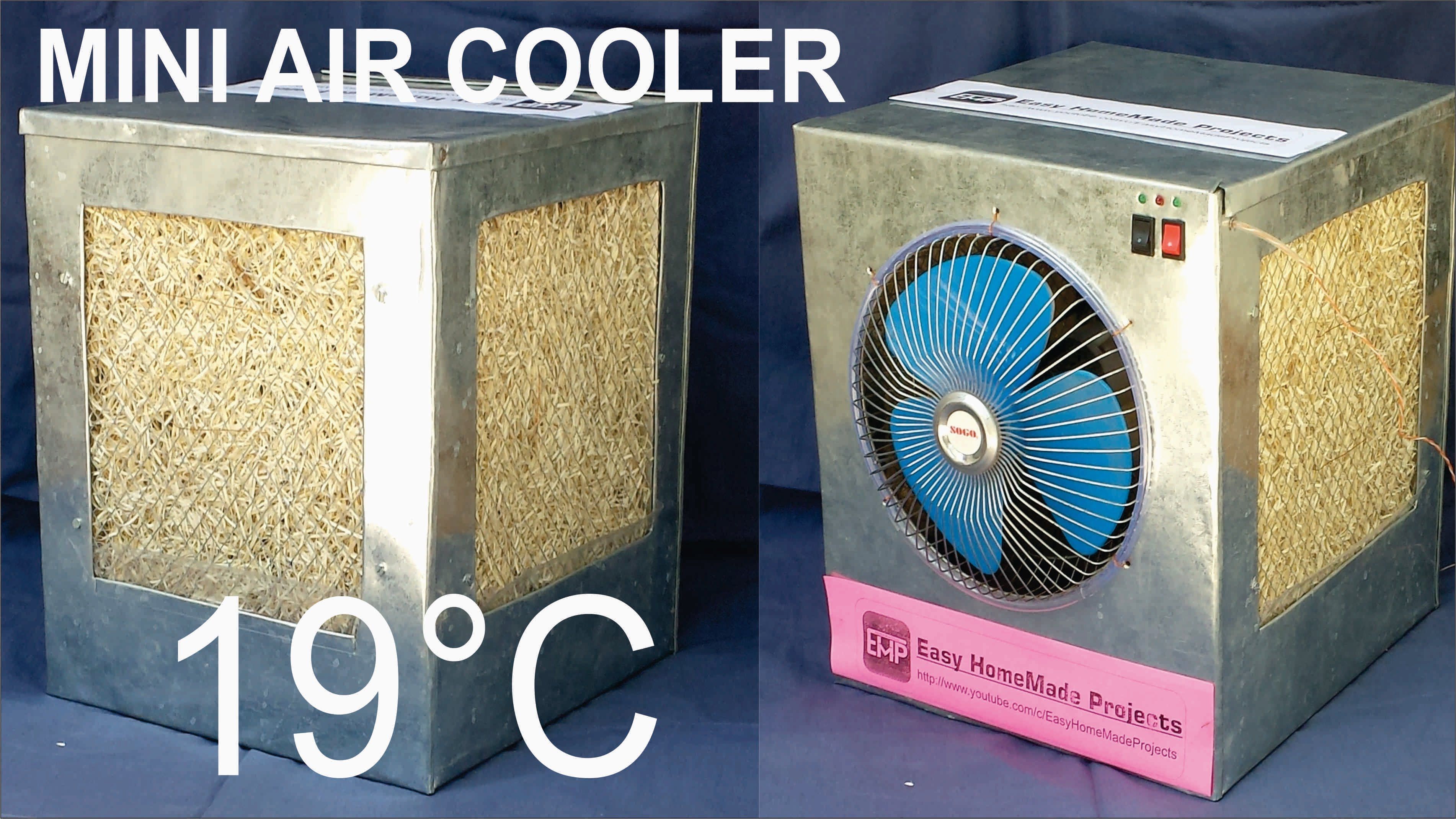
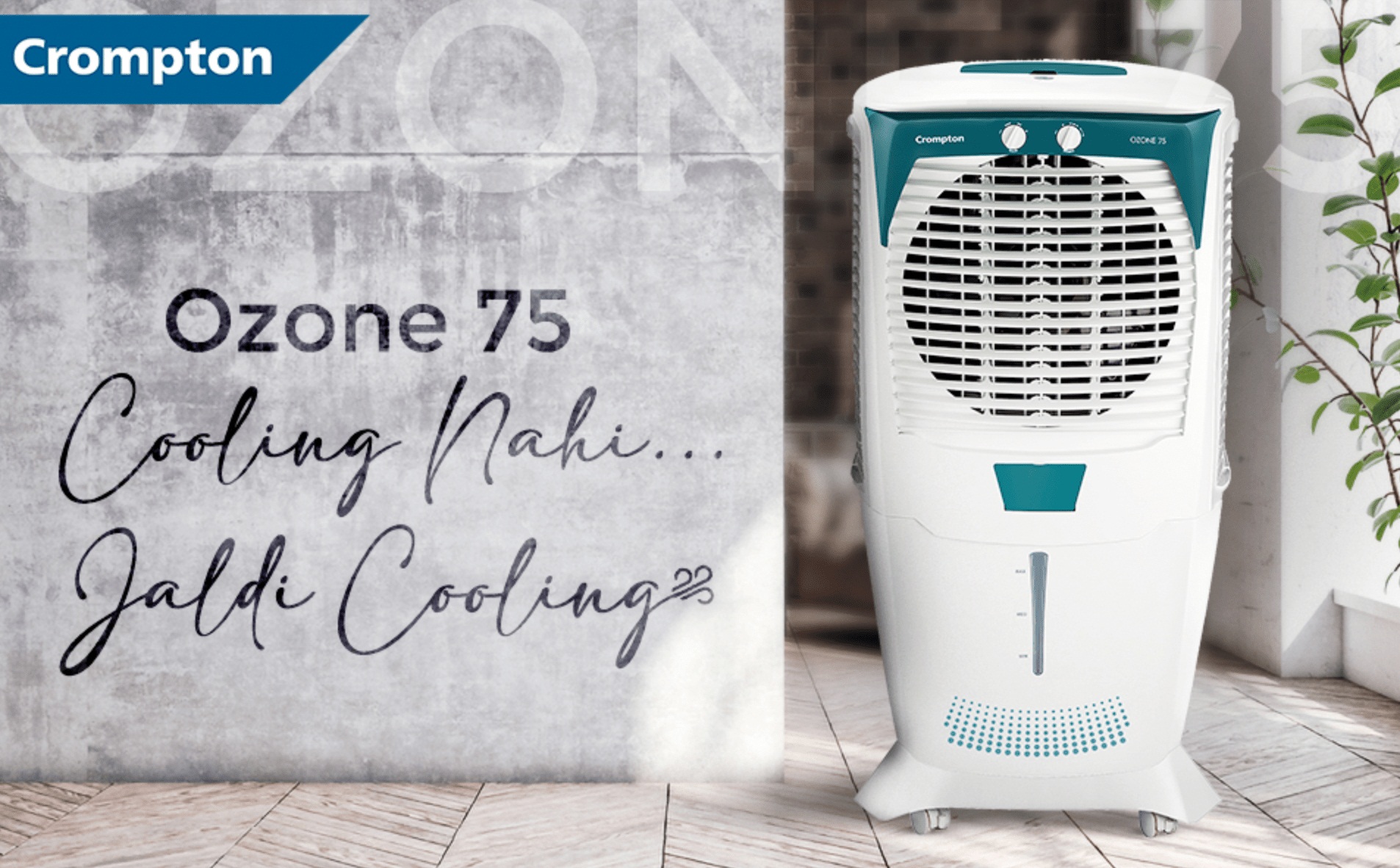
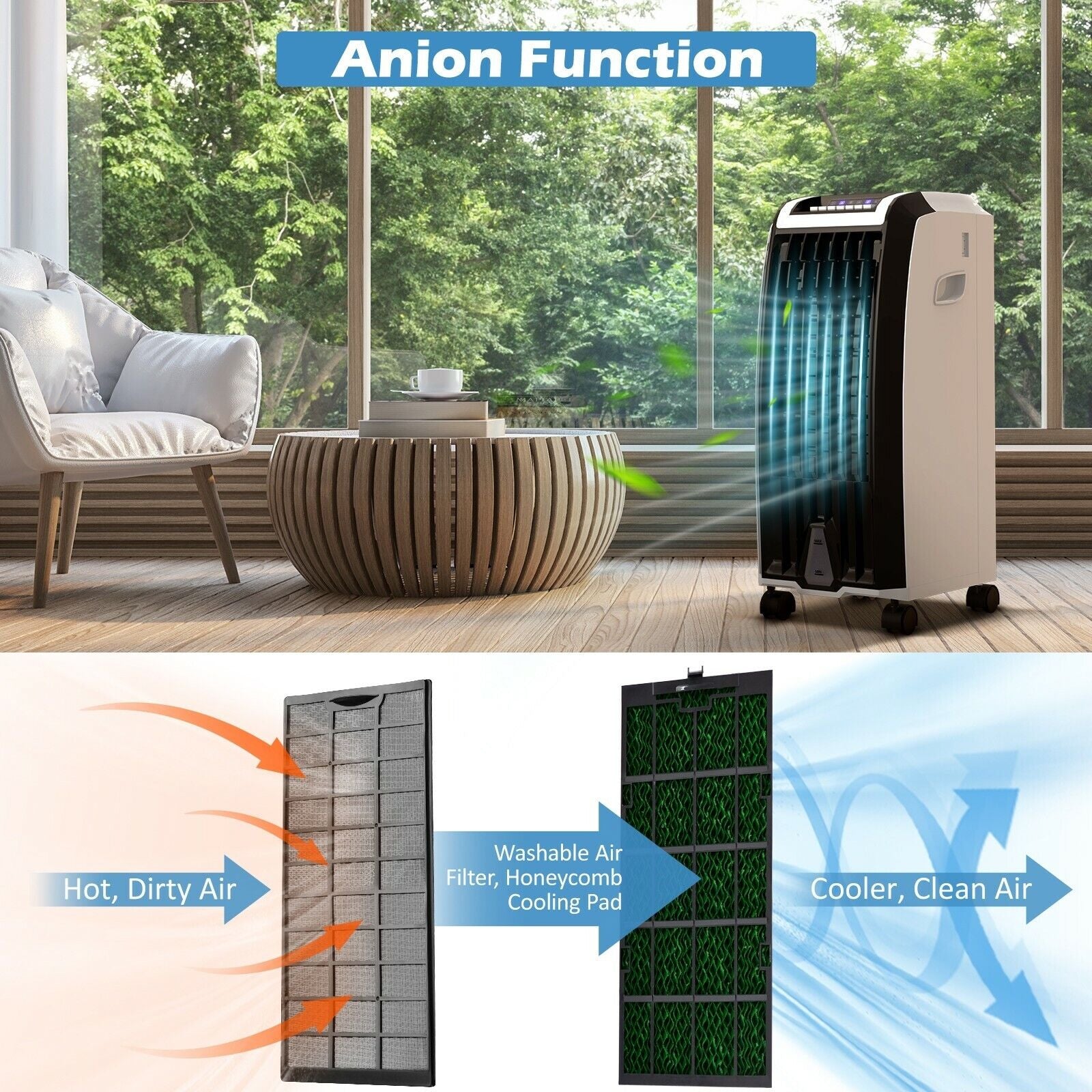
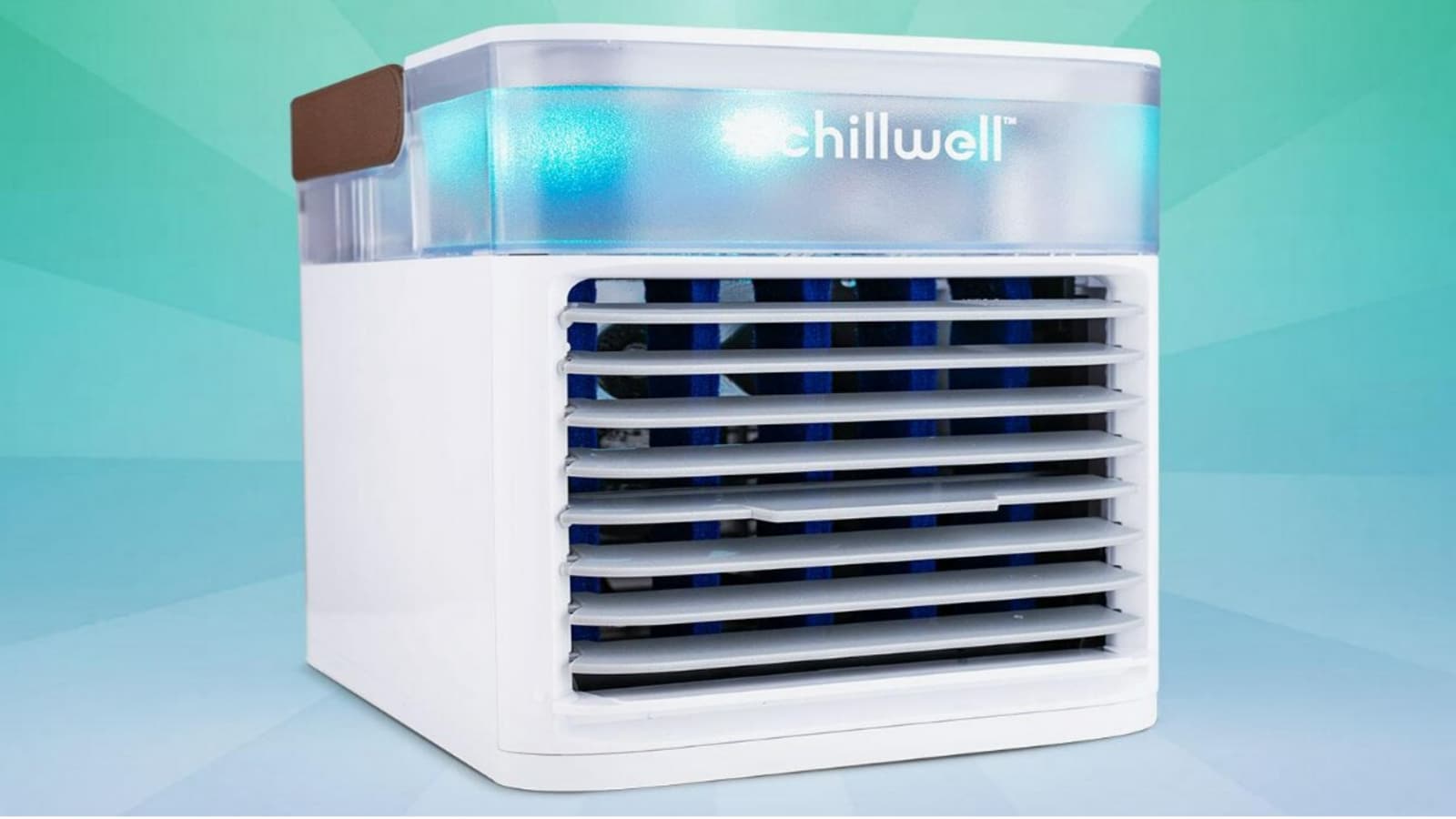
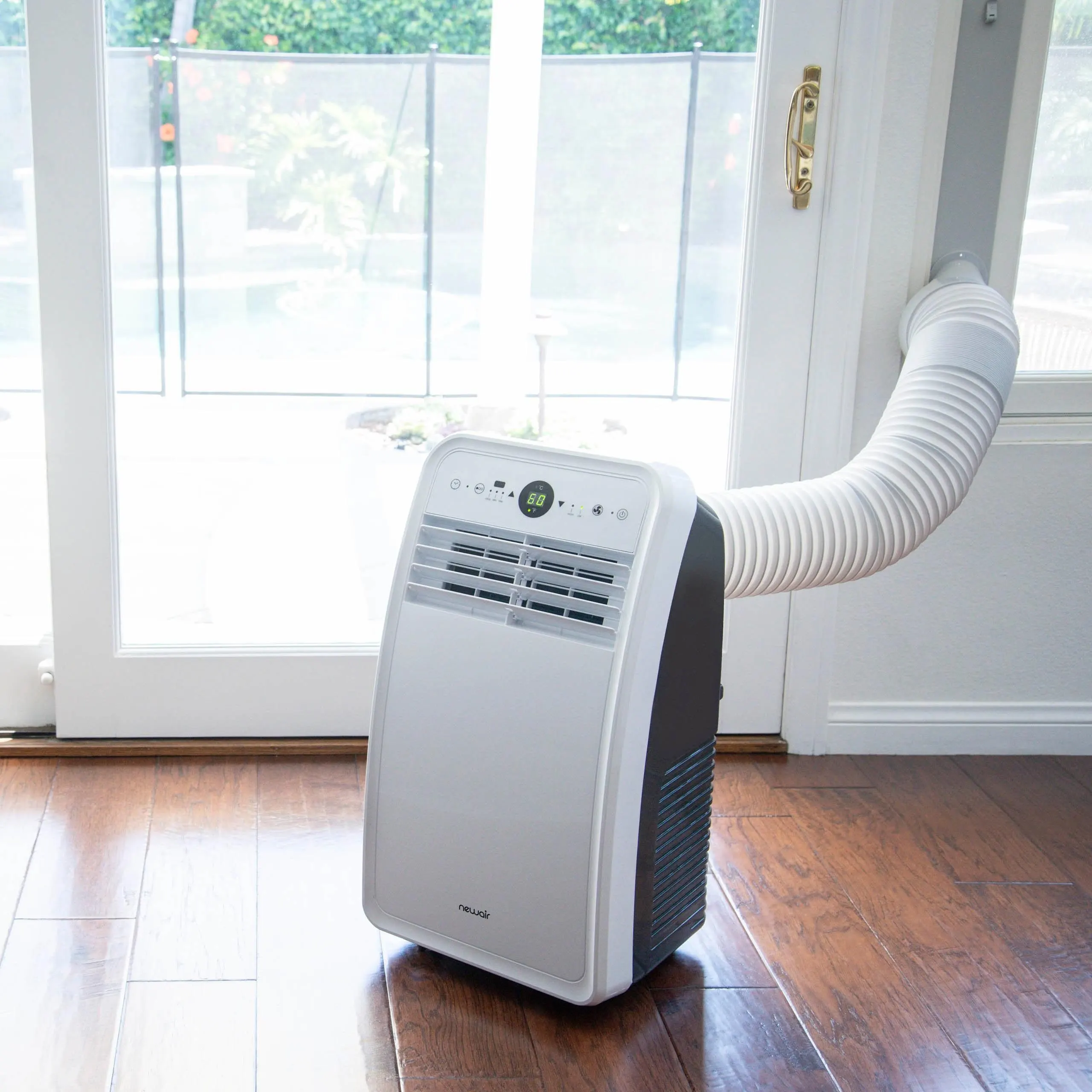
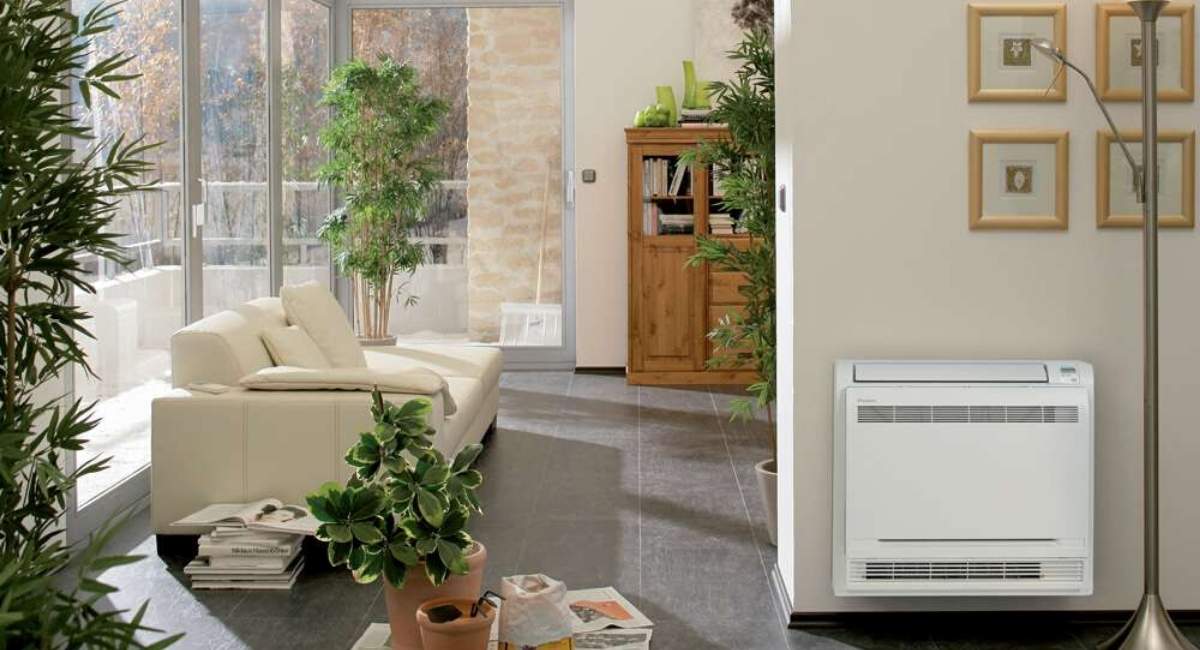
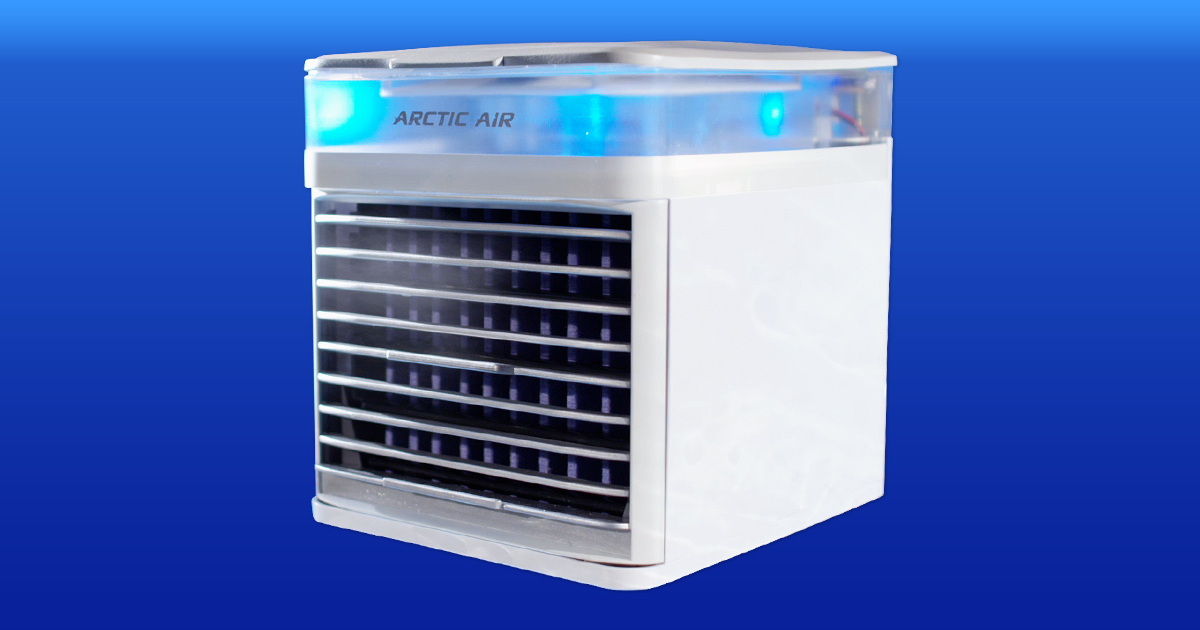
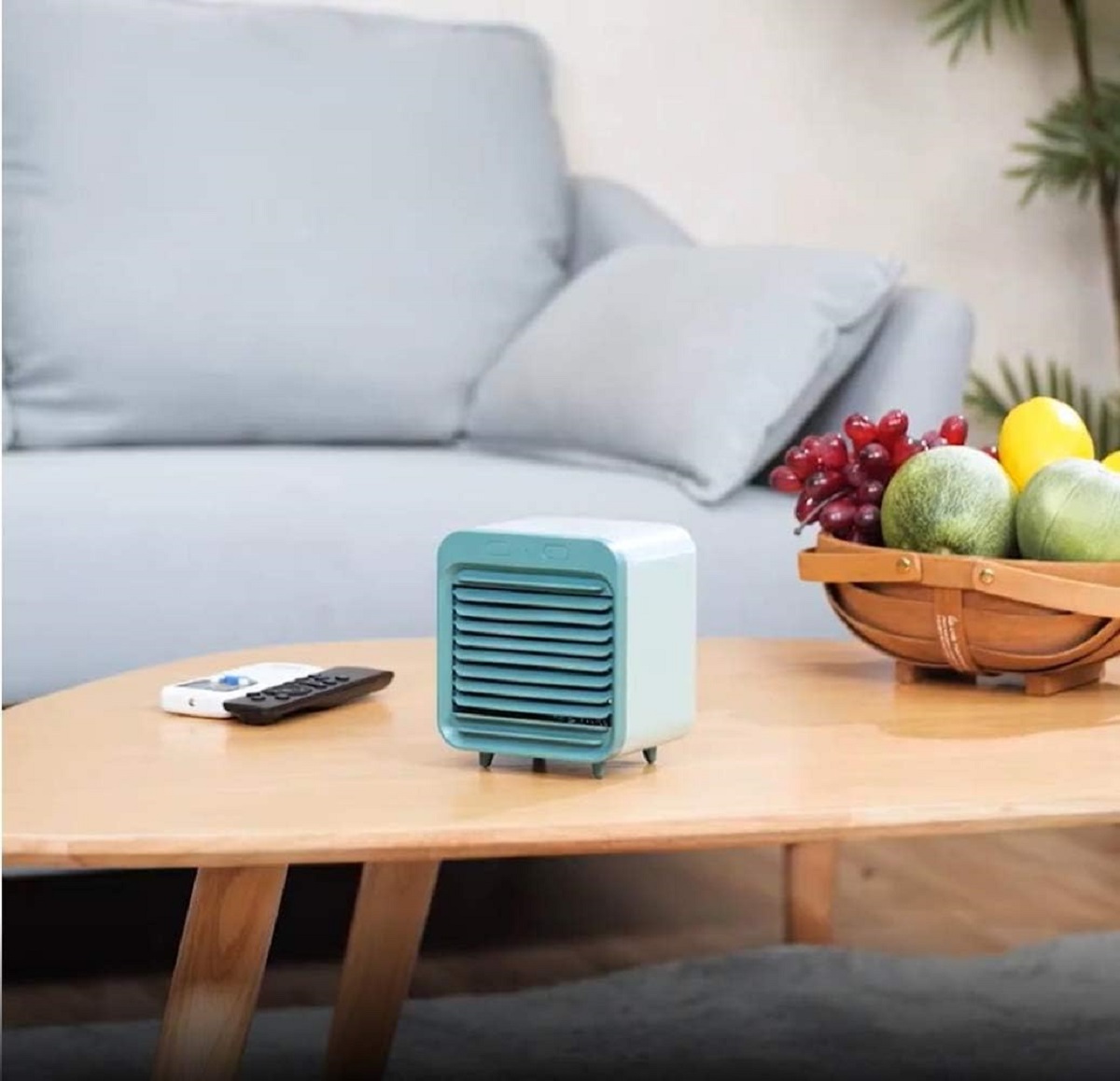
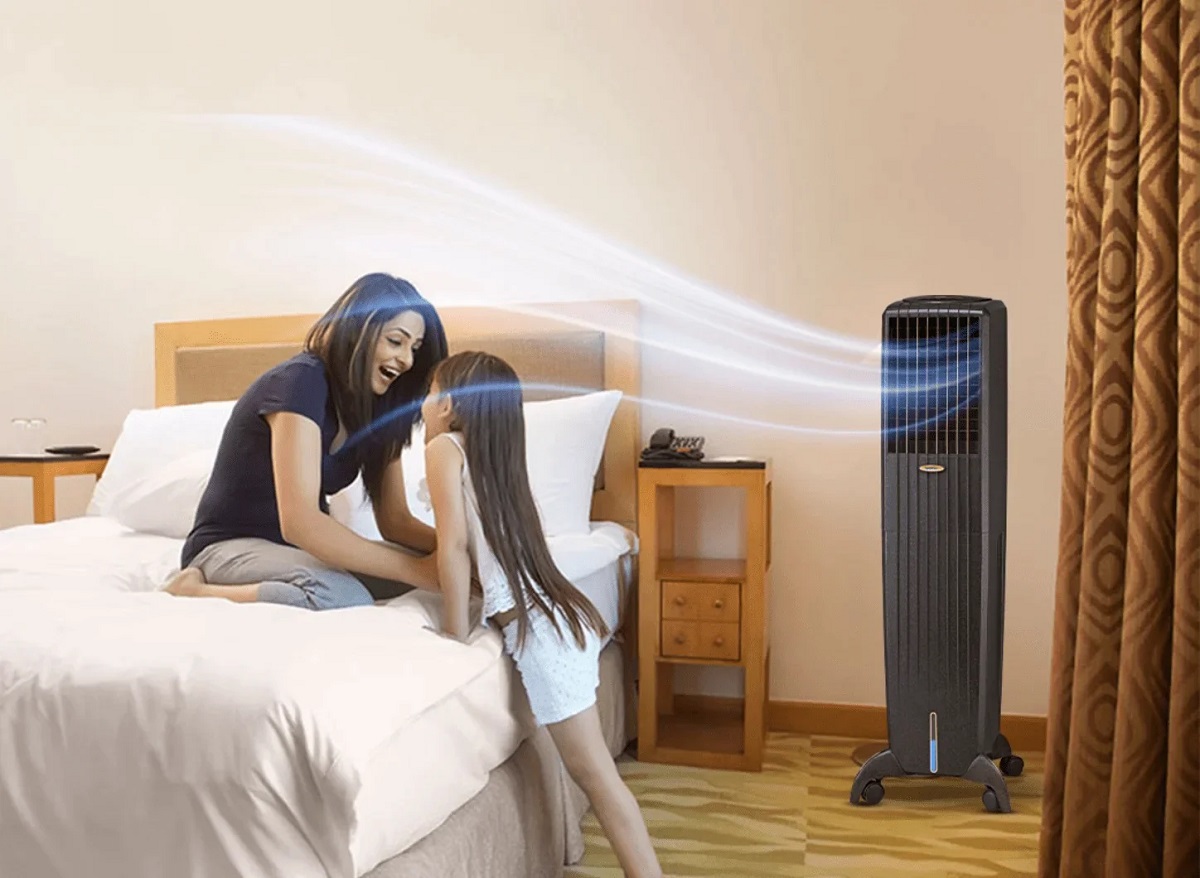
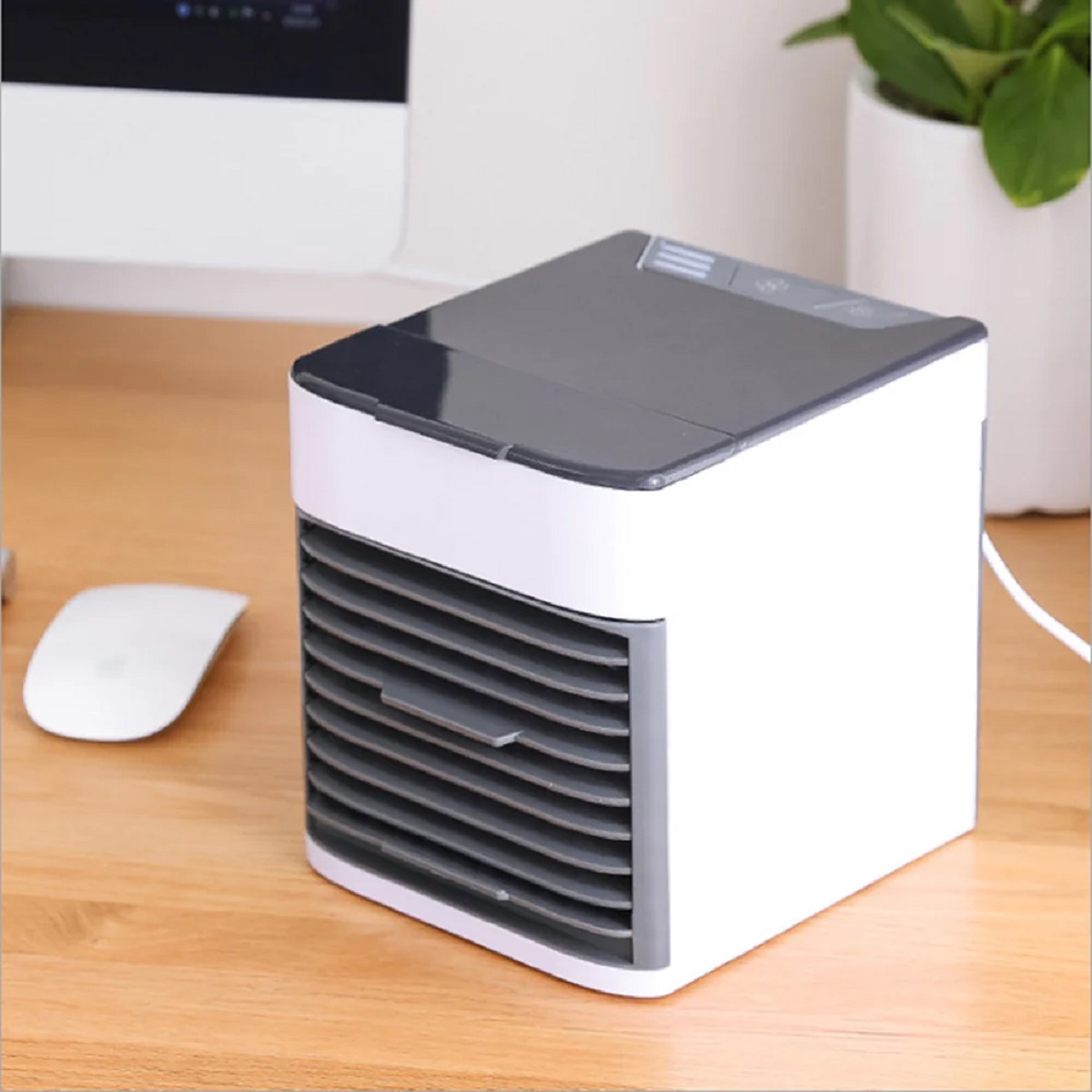
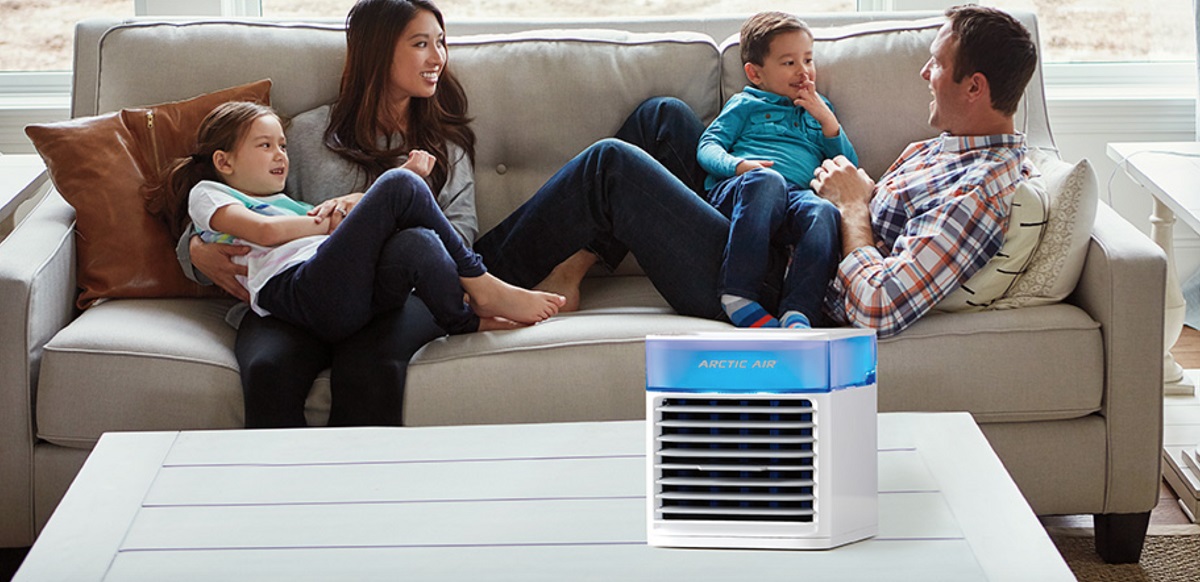
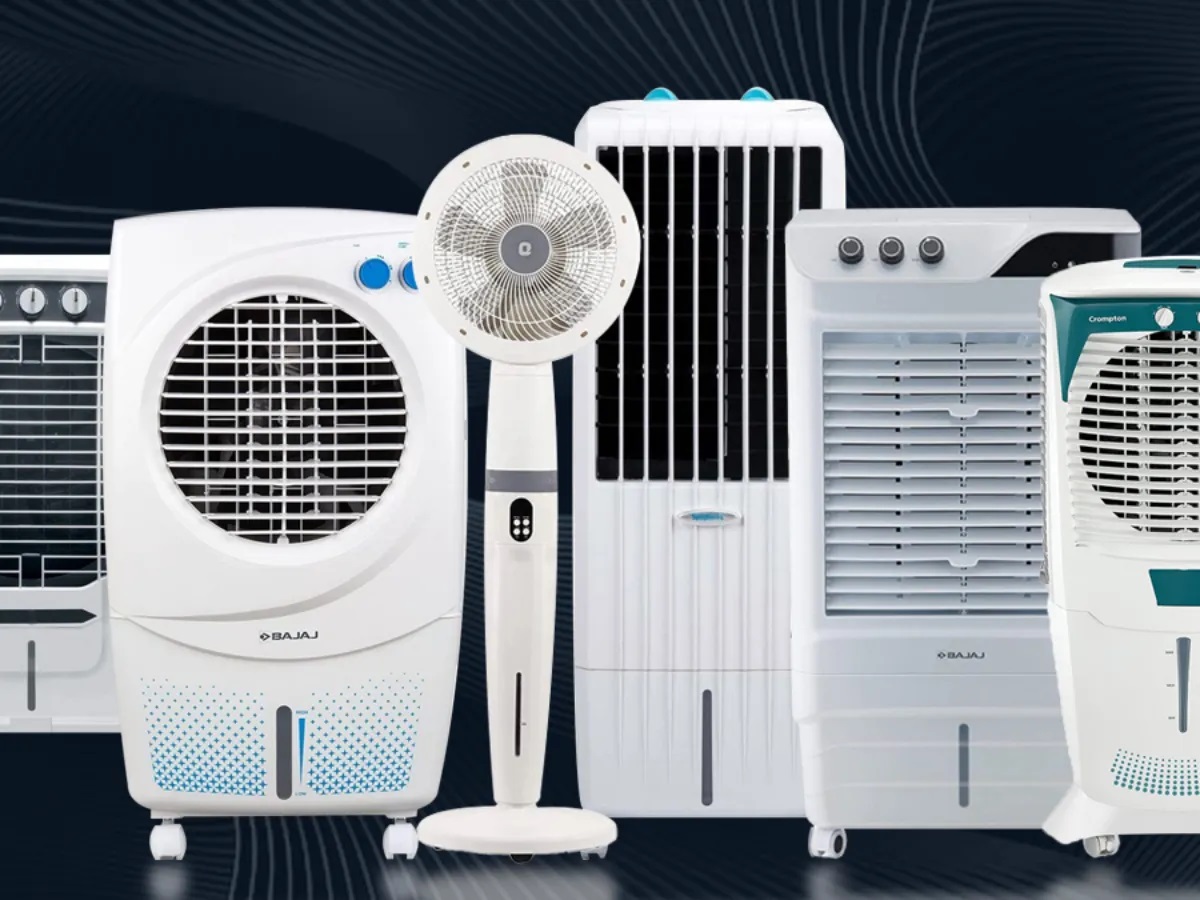
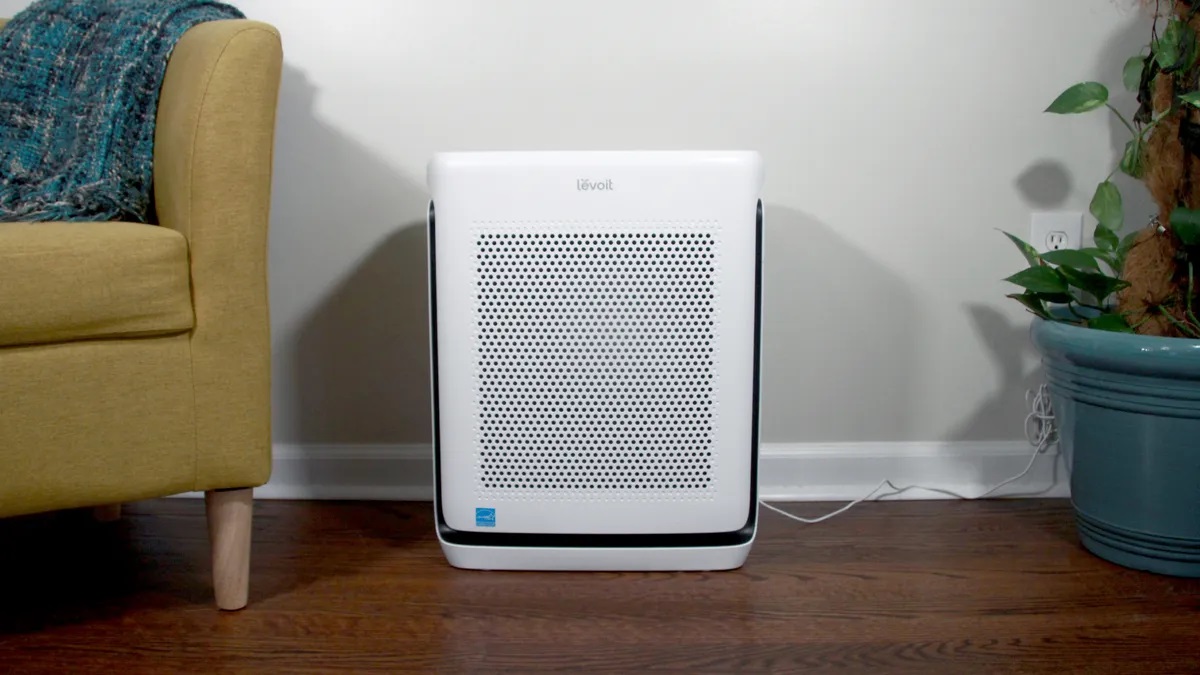

0 thoughts on “How Do Air Cooler Works”